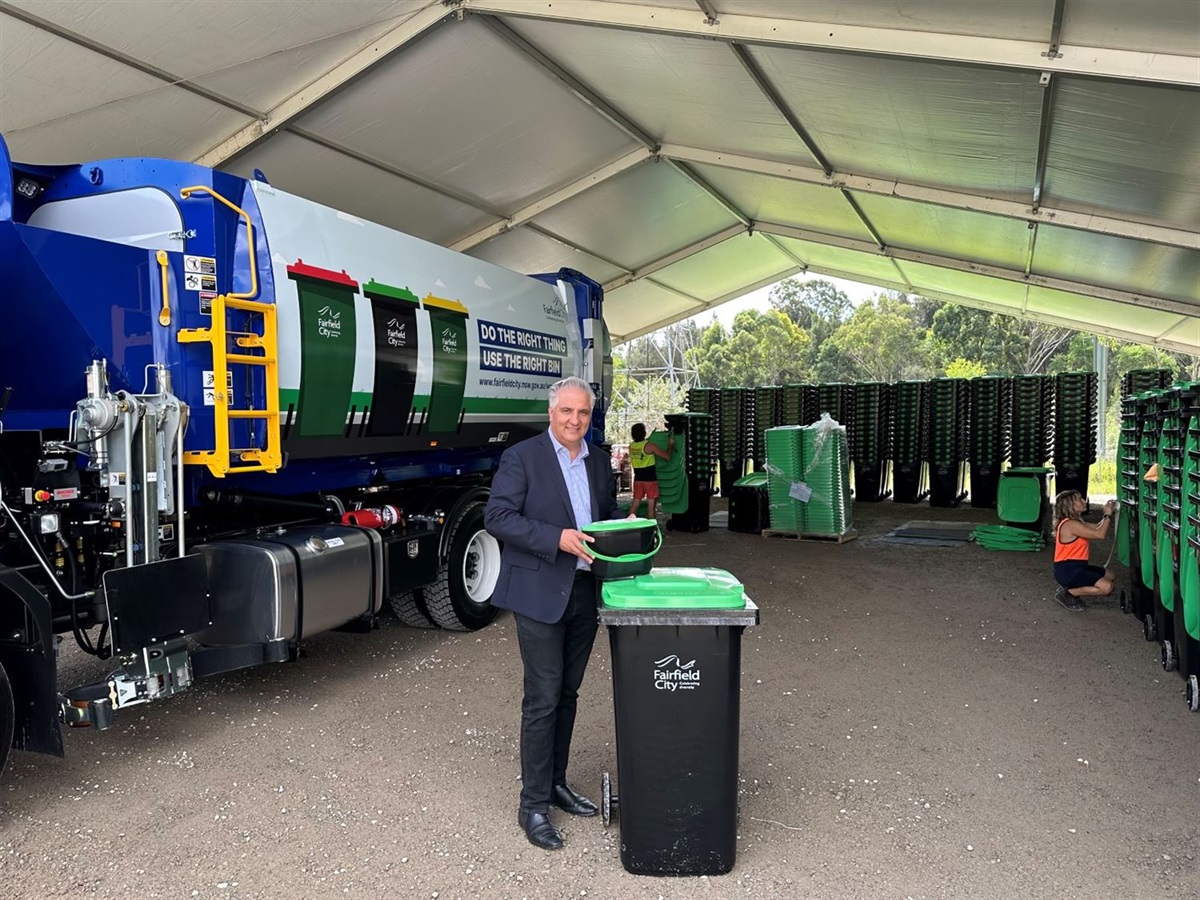Strong employment growth across inner city villages has seen worker numbers skyrocket over the past decade, according to the City of Sydney’s latest floor space and employment survey.
Harris Street in Pyrmont leads the way with a 76 per cent rise in worker numbers from 19,864 in 2007 to 34,982 in 2017. The area has become a hot spot for creative industries (19 per cent), higher education and research (18 per cent) and ICT (18 per cent).
Creative industries are also heavily concentrated around Crown and Baptist streets in Surry Hills, where worker numbers have swelled by 38 per cent since 2007.
The Chinatown and the CBD South workforce has grown by more than a third since 2007, an area popular with finance (18 per cent) and government workers (17 per cent).
The Glebe Point Road workforce has also grown by a third over the last decade, where the number of ICT workers has more than tripled.
Lord Mayor Clover Moore said the results of the latest floor space and employment survey reflected the City’s planning policies, balancing the needs of accommodation for Sydney’s population growth with the right conditions for businesses and employment.
“Sydney’s CBD remains our country’s most important employment centre, but for a healthy and diverse economy, it is important that job growth isn’t restricted to the city centre,” the Lord Mayor said.
“By creating a city where people come first, we’ve seen that jobs and new businesses also follow. The strength of local communities is a key attraction for people choosing where to live, work or visit.
“High quality developments close to jobs, shops and transport, efficient transport and safe and attractive ways for people to move around, childcare, stunning community facilities, beautiful parks and open spaces,
quirky laneways, small bars, main streets with thriving small businesses – these are all things we’ve actively pursued over the last fourteen years.
“It’s also important that the City is a welcoming, multicultural community where people feel included.”
“The survey showed retail businesses have skyrocketed in Green Square and City South, with 254 new entities over the last ten years representing an increase of 141 per cent. There are also an additional 149 food and drink establishments in the area, supporting the growing residential community.
Chinatown and CBD South was dominated by food and drink businesses, accounting for 21 per cent of all businesses (672 outlets) and recording a 42 per cent increase (198 additional businesses) since 2007.
Professional and business services recorded the strongest growth in business numbers across the City of Sydney, with its decade-long boom felt most strongly in the CBD (561 additional businesses), Chinatown and CBD South (144 additional businesses) and Crown and Baptist streets (142).
The City’s manager of urban analytics, Steven Hillier, said the figures reflect the strength of Sydney’s economy.
“Over the past decade, the city’s workforce has grown by over 112,000 jobs, while the residential population has grown by over 64,000,” Mr Hillier said.
“Both have been distributed across all ten village areas. The city economy is providing jobs for our residents, and for those in other parts of Sydney.”
Village business growth by numbers 2007–2017
- CBD and Harbour 1,197 (14.3 per cent)
- Chinatown and CBD 640 (25.7 per cent)
- Green Square and City South 551 (31 per cent)
- Crown and Baptist Streets 416 (22.3 per cent)
- Harris Street 403 (53 per cent)
Village jobs growth by numbers 2007–2017
- CBD and Harbour 58,616 (27 per cent)
- Chinatown and CBD South 17,879 (37 per cent)
- Harris Street 15,118 (76.1 per cent)
- Crown and Baptist Streets 10,340 (54.3 per cent)
- Glebe Point Road 2,297 (31.5 per cent)
To view the floor space and employment survey data, visit https://www.cityofsydney.nsw.gov.au/learn/research-and-statistics/surveying-our-community/floor-space-and-employment-survey







